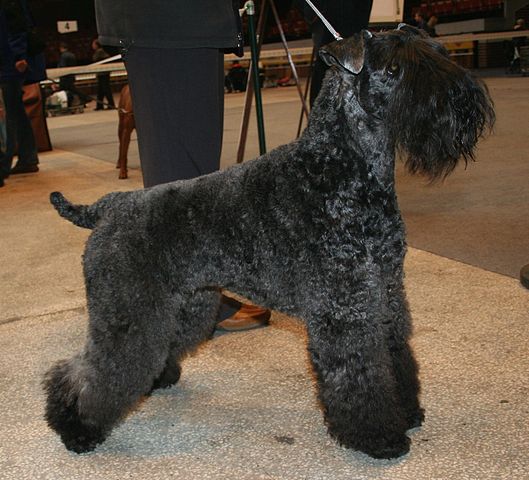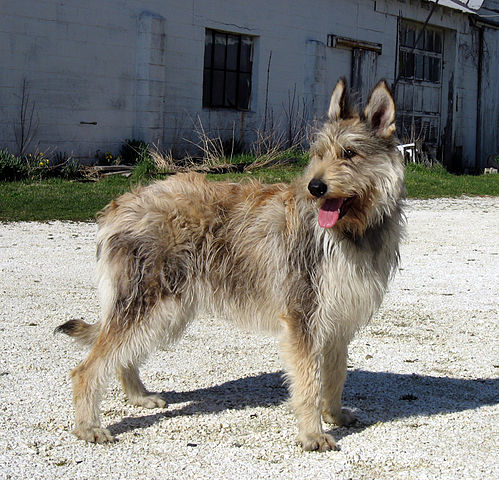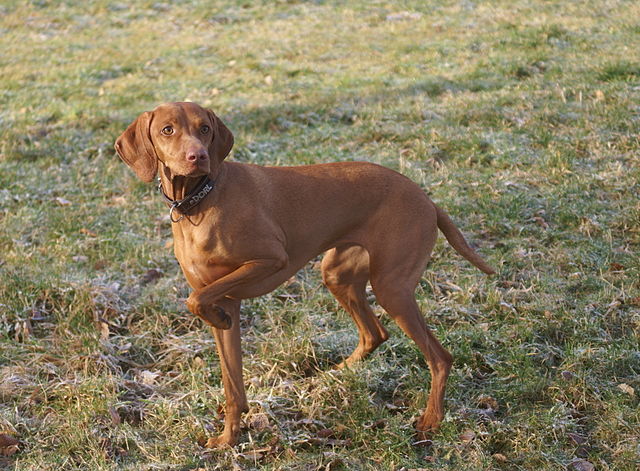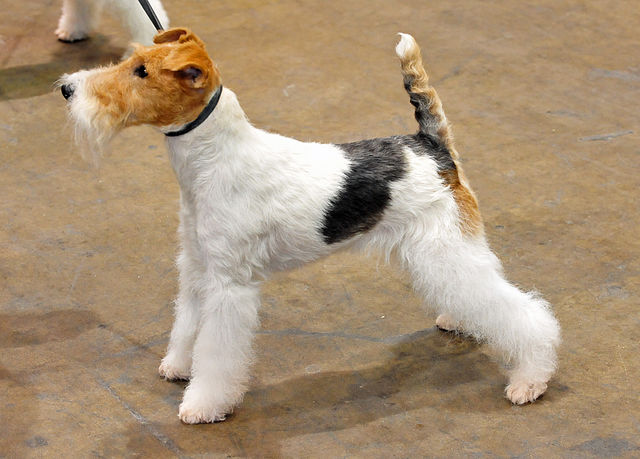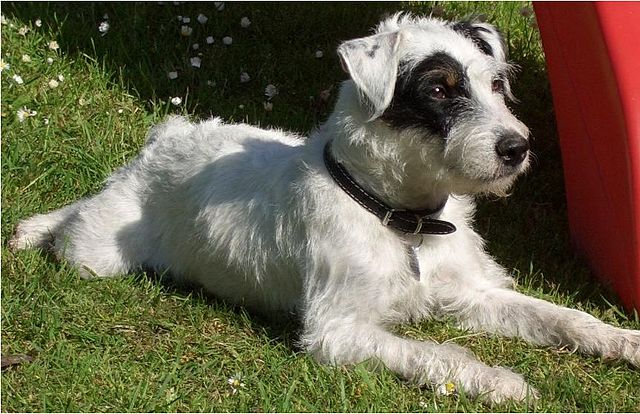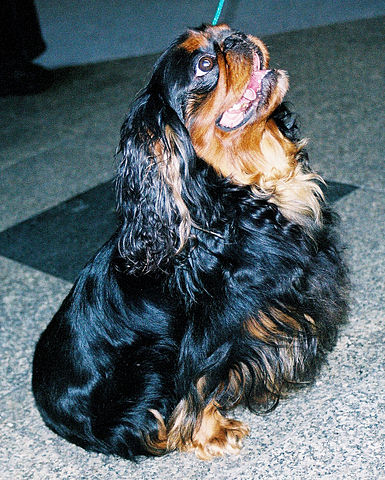The Beauceron is a powerful French working breed with a commanding presence. Incredibly versatile, this breed can take on almost any task and perform it exceptionally. Equally adept as a therapy dog as he is in Schutzhund (a sport combining guard work with tracking and obedience), he can demonstrate both the highest level of intensity as well as the gentlest of temperament. Scent detection, weight pulling, police patrol work, multi-purpose herding dog, agility, sled mushing… the list goes on and on! Owning a dog of this caliber takes an owner that can manage all of this, as well as provide all the exercise and mental stimulation that a Beauceron requires.
The Beauceron is a dog that needs a lot of exercise. Originally bred to serve as a “living fence”, the breed would often travel 30 miles a day with their flock of cattle or sheep. As such they naturally have a lot of energy that needs to be expended. While many Americans today do not live on farms, they still need to find ways for their Beaucerons to burn off this energy. Dogs that are not given ample opportunity to work will most likely take their frustrations off on the house and their owners belongings. Bored Beaucerons can be destructive.
Temperamentally, it is recommended that newcomers to the breed choose their puppies wisely. Beaucerons are not recommended for those who have never before owned a dog, but even experienced dog owners need to be aware of their goals before choosing a pup. For example, someone who is planning on working their dog in protection sports might want to choose a confident male puppy. Someone else might want a family dog to work in basic obedience and might do better with a calm female. As a large dog that might be dominant, Beauceron owners need to be honest with themselves (and the breeder) about their goals, lifestyle and dog experience in order to start off on the right foot!
Make sure that the puppy you buy is from a reputable breeder who holds temperament in high regard. A well-bred Beauceron should never be skittish or aggressive, but occasionally this trait will pop up with breeders who don’t care about good dispositions. Do not confuse aggression with the breed’s naturally protective attributes. A Beauceron will not hesitate to protect his owner if danger arises, even with no prior protection training. Even in the home, many like to keep a close eye on their owner and will often follow the person from room to room.
Despite their fairly short coats, the Beauceron does shed. While they won’t drop as much coat as one of the Northern breeds might, a potential owner must ask themselves just how much hair they would be bothered by. A simple brushing several times a week will greatly reduce the amount of “hair tumbleweeds” rolling across the floor. Otherwise, the breed requires very little grooming and is generally considered an easy-keeper.
Very intelligent, but strong-willed and independent, the Beauceron is certainly trainable by those who know what they are doing. And yes… training is a necessity with this strong breed, along with early socialization! Many like to jump on people and will need to be trained to stop this behavior. Another common breed trait is their mouthiness – they like to grab at clothing and hands in a playful manner. Their exuberance combined with their love of people and the fact that they can be slow to mature can make them a handful!
This breed is often gentle with children but does best in homes with kids out of the toddler years. Their size and energy level increases the chances of them accidentally knocking a very young child down. With older members of the family, this breed makes a loyal companion of the highest caliber. Only with strangers will the Beauceron act aloof and occasionally suspicious (although never aggressive unless provoked).

Photo CC BY-SA 3.0

